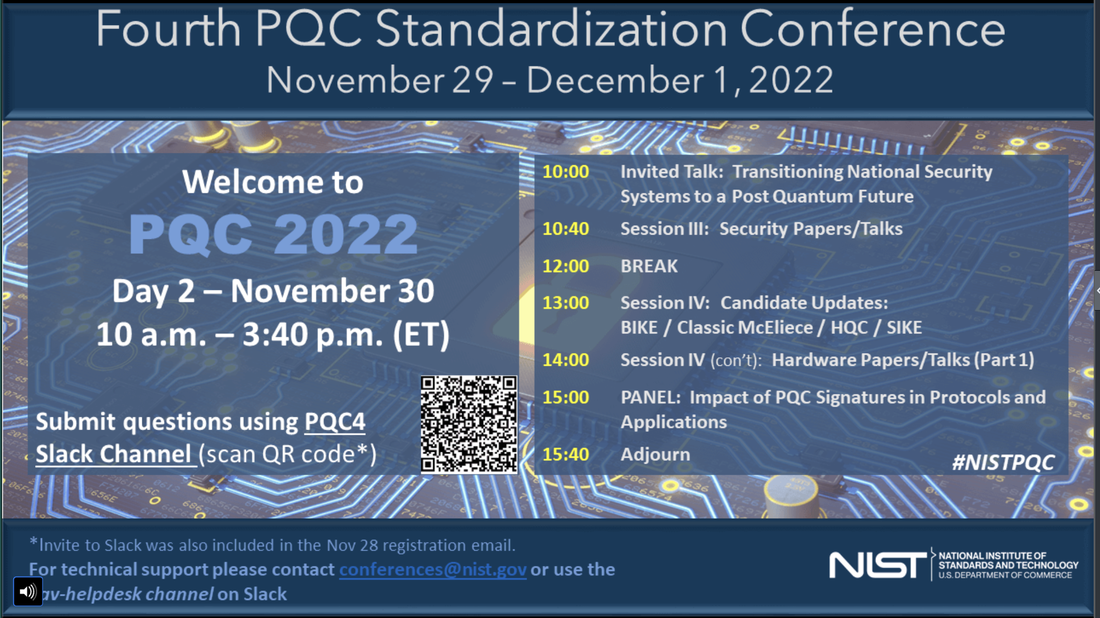|
Not classified National Security Memorandum / NSM-10National Security Memorandum on Promoting United States Leadership in Quantum Computing While Mitigating Risks to Vulnerable Cryptographic Systems https://www.whitehouse.gov/briefing-room/statements-releases/2022/05/04/national-security-memorandum-on-promoting-united-states-leadership-in-quantum-computing-while-mitigating-risks-to-vulnerable-cryptographic-systems/ Fourth PQC Standardization Conference https://csrc.nist.gov/Events/2022/fourth-pqc-standardization-conference Memorandum M-23-02 for the heads of executive departments and agencies (on how to implement NSM-10) https://www.whitehouse.gov/wp-content/uploads/2022/11/M-23-02-M-Memo-on-Migrating-to-Post-Quantum-Cryptography.pdf Executive Order on Improving the Nation’s Cybersecurity https://www.whitehouse.gov/briefing-room/presidential-actions/2021/05/12/executive-order-on-improving-the-nations-cybersecurity/ M-22-09 Memorandum: Moving the US Government Towards Zero Trust Cybersecurity Principles
https://www.whitehouse.gov/wp-content/uploads/2022/01/M-22-09.pdf
0 Comments
|
Jeffrey CohenPresident, US Advanced Computing Infrastructure, Inc. ArchivesCategories |

 RSS Feed
RSS Feed